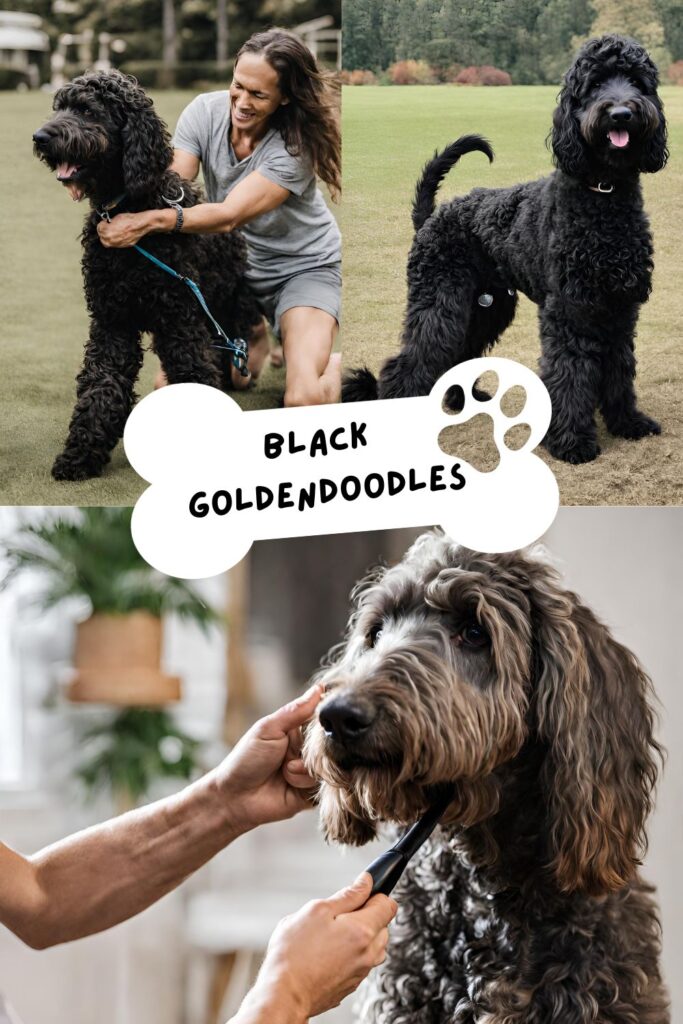Step into the world of Merle Great Danes, a captivating variant of the majestic giant breed. Join us as we unravel the mysteries behind the Merle coat pattern, exploring its genetics, unique characteristics, and considerations for responsible ownership.
Whether you’re an experienced Great Dane enthusiast or a curious newcomer, this guide aims to be your go-to resource for understanding and appreciating the allure of Merle Great Danes.
The Merle Great Danes Coat Pattern
In this section, we’ll delve into the intricacies of the Merle coat pattern, understanding the genetics that give rise to its mesmerizing swirls and speckles. Merle Great Danes are a variant of Great Danes, mainly possessing a light grey short coat with splashes of darker grey all over.
Appearance and Markings of the Merle Great Dane
From the striking contrast of colors to the distinct patterns that define the Merle coat, this section celebrates the aesthetic appeal of these magnificent dogs. Discover how the Merle gene manifests in different coat variations and how it contributes to the overall beauty of Great Danes.
To find out other coat patterns of the Great Dane, check out this blog post, dissecting every Great Dane breed:
Responsible Breeding Practices: Ethical Considerations
Responsible breeding is paramount when it comes to Merle Great Danes. Merle Great Danes are a section of a variety of Great Dane breeds: Black, Blue, Harlequin, Mantle, Brindle, Fawn, Fawn mantle, Fawnquin and Merle.
Great Dane breeds can be bred amongst themselves provided that both dogs are healthy, of good age and free of any possible breeding complications that may have been inherited from parent breeds
Great Danes should be breed between the first 6-12 months of their lives or when heat has begun. The ideal age for breeding is from 2-7 years of age
Caring for Your Merle Great Dane: Health and Well-Being
Owning a Merle Great Dane comes with specific care considerations. From grooming practices that enhance their coat’s vibrancy to health monitoring for potential issues, this section offers practical advice for responsible ownership.
As we discussed in our previous blog post “Great Dane Coat Colours” Great Danes have a short, smooth coat that requires minimal grooming, but they still need regular care to stay clean and healthy. Here are some grooming tips for Great Danes:
- Brush their coat: Use a soft-bristle brush or a rubber brush to remove dead hair and distribute skin oils.
- Bathe occasionally: Great Danes don’t need frequent baths, but they may need one every 2-3 months. Use a mild dog shampoo and warm water.
- Clean their ears: Check and clean their ears weekly to prevent infections.
- Trim their nails: Keep their nails short to prevent overgrowth and cracking.
- Brush their teeth: Regular dental care is essential to prevent tartar buildup and promote good oral health.
- Check and clean their wrinkles: Great Danes have wrinkles on their face, which can trap dirt and moisture. Clean these areas regularly to prevent skin infections.
- Inspect and clean their paws: Check their paws for dirt, debris, and irritation, and clean them as needed.
- Use a deshedding tool: Great Danes shed moderately, and a deshedding tool can help remove loose hair and prevent matting.
- Keep them dry: Great Danes are prone to skin infections, so ensure they are thoroughly dry after baths or swimming.
- Consult a professional: If you’re unsure about grooming your Great Dane or if they require specialized care, consult a professional groomer or veterinarian.
Remember, grooming is an excellent way to bond with your Great Dane and help them feel comfortable and relaxed.
To learn more about Great Dane, check out this blog post: The Great Dane Lifespan: Discover 5 Care Tips for Senior Danes
Health Complications in Great Danes
Great Danes are prone to certain health complications due to their large size, rapid growth rate, and genetic predispositions. Some potential health complications in Great Danes include:
- Hip Dysplasia: A genetic condition that leads to arthritis and mobility issues.
- Bloat: A life-threatening condition where the stomach twists and fills with gas.
- Dilated Cardiomyopathy: A heart condition that leads to heart failure.
- Gastric Torsion: Similar to bloat, but the stomach twists without filling with gas.
- Allergies: Skin allergies and food allergies are common in Great Danes.
To find out more potential health complications in the Great Dane community and possible way to relieve your Great Dane of pain, check out this blog post: The Great Dane Lifespan: Discover 5 Care Tips for Senior Danes
It’s essential to work with a reputable breeder who health tests their dogs and prioritizes their health. Regular veterinary check-ups and a balanced diet can also help prevent or manage these conditions.
Conclusion
In conclusion, Merle Great Danes stand as living masterpieces, showcasing the beauty that can arise from careful breeding and responsible ownership. We invite you to share your experiences, questions, or admiration for Merle Great Danes in the comments below. Whether you’re a proud owner or an admirer from afar, your insights contribute to the collective knowledge and appreciation for these enchanting dogs. Let’s celebrate the uniqueness of Merle Great Danes and the community that cherishes them.



Pingback: The Great Dane Lifespan: Discover 5 Care Tips for Senior Danes - barksage.com